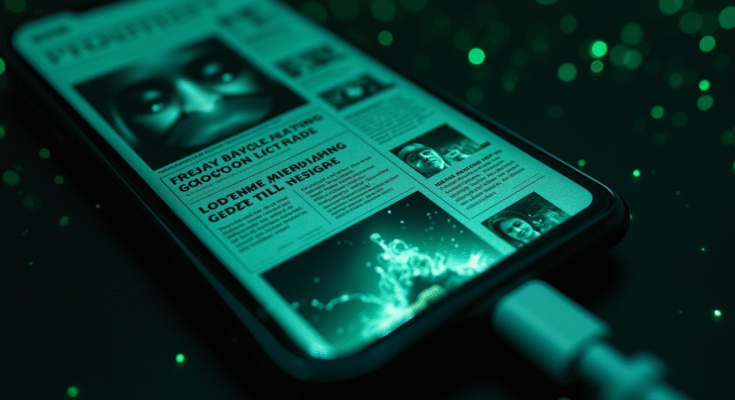What Is Doomscrolling?
Doomscrolling has come to mean that exhausting and unhealthy habit of scrolling through social media or web pages only to come across gloomy or depressing news. Doing so is, in general, related to activities of information consumption driven by FOMO, fear of missing out. In a global crisis, be it related to pandemic war, climate disaster, or political turbulence, people just hang on “bad news” updates and can’t wean themselves off the continuous update feed.
It’s a vicious cycle that supposedly keeps them in control, but by and large, it just leaves them much more stressed, confused, and emotionally drained.
Understanding Doomscrolling: How It Affects the Brain
2.1 The Brain’s Reward System Gets Hijacked
The same pathways in the brain involved in addiction, responsible for tap doomscrolling, are dopamine pathways. Every time we see new information, particularly content that is fear or outrage-inducing, we get a hit of dopamine. It reinforces the behavior—makes it addictive even though it’s harming us.
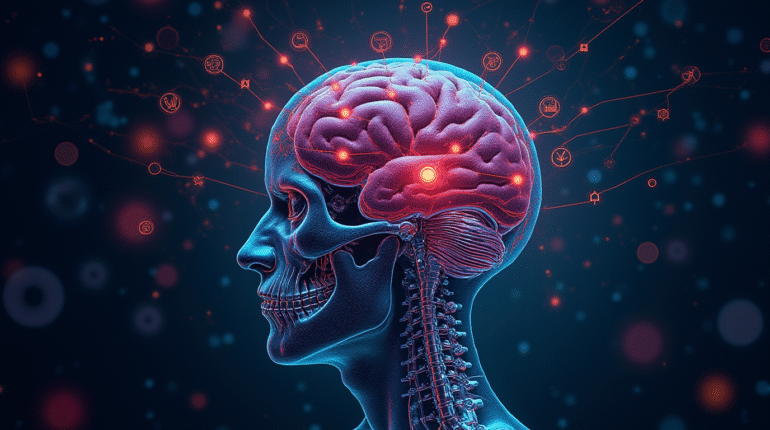
The bad news presented to the brain is interpreted as a threat signal. From an evolutionary perspective, survival depended on paying attention to threats and distressing content, so the amygdala becomes hyperactive. Modern social media multiplies these signals; hence, these systems get overwhelmed every day.
Impact on Mental Health

3.1 Anxiety and Depression
There is very good evidence for a strong association between high levels of doomscrolling and anxiety, depression, and insomnia. Just bad news, most of the time leads to catastrophizing, that is, expecting the worst of what will happen above and beyond what their circumstances are.
3.2 Learned Helplessness
People who take in huge amounts of negative news with no clear steps to help or fix the situation might start to feel powerless—what psychologists say is learned helplessness. This state of mind can make depressive feelings worse and lower motivation.
3.3 Sleep Disruption
Doomscrolling is very often a nighttime-based activity. Besides the blue light from the screens delaying melatonin release, the content itself increases arousal, so that people find it much more difficult to sleep. Poor sleep reduces emotional regulation and creates a vicious cycle of exhaustion and distress.
Attention Span and Cognitive Fatigue
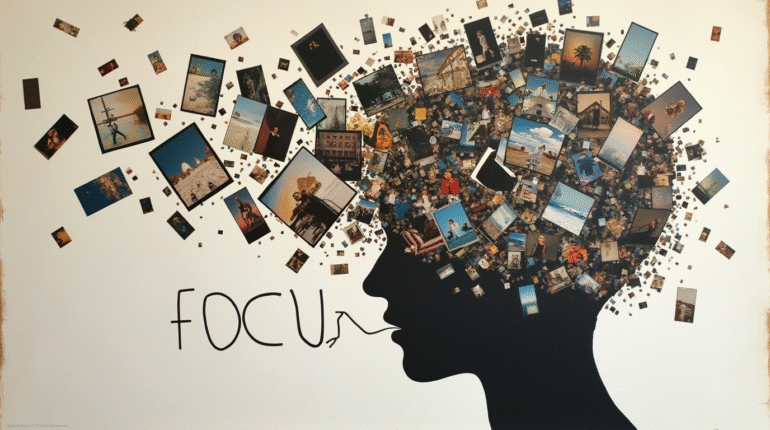
4.1 Constant Content = Decreased Focus
Our brains are not designed to handle infinite scroll information. Social media overloads our working memory and fragments attention, therefore decreasing the amount of focus available for sustained tasks such as reading, studying, or even having a conversation.
4.2 Emotional Dysregulation
As the brain becomes desensitized to negative stimuli, people may struggle to properly regulate emotions. One moment you’re reading a tragic news headline, and the next, you’re laughing at a meme. This emotional whiplash can leave users numb, confused, or detached.
Global Crises and Doom Algorithms
On platforms such as Twitter (X), TikTok, or Facebook, users face engagement-based algorithms that promote high-emotion content, fear, or outrage. In other words, negative or controversial content goes viral, not because it is important, but rather because it generates clicks.
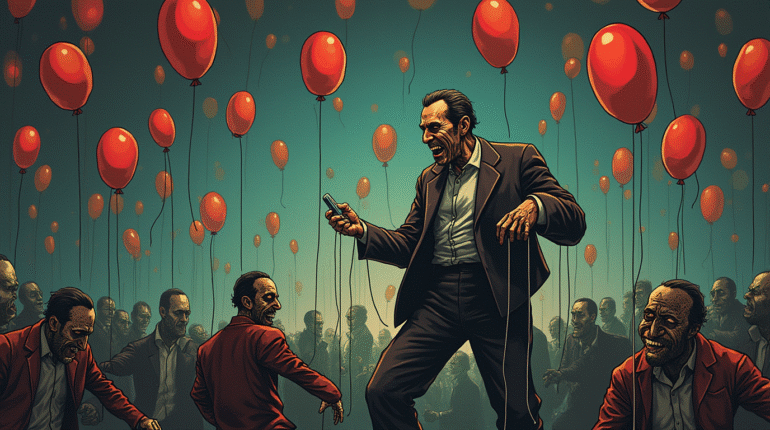
During global crises, like war, pandemics, or disasters, users are more likely to stay online longer, providing more data for advertisers. This monetization of human attention means that the system itself encourages doomscrolling.
How to Break the Doomscrolling Habit
6.1.1 Time Limits
Techniques such as app timers or ‘focus modes’ on social media or browser extensions limiting time spent on social media to a particular daily amount can be really helpful in this regard, say to 30 minutes, which can notably bringing down the levels of anxiety.
6.2 Curate Your Feed
Unfollow accounts or mute keywords that consistently share negative content without offering solutions. Fill your feed with accounts that balance information with hope or constructive action.
6.3 Practice “Joyscrolling”
Deliberately look for things that bring joy into your life – inspiring stories, art, nature, and educational videos. Changing the intention can reprogram the habits.
6.4 Schedule a Daily “Doomscroll-Free” Hour
Pick one hour each day (especially before bed) to avoid screens and news altogether. Use this time for journaling, reading, walking, or simply resting.
Healing the Brain: Reclaiming Attention and Presence
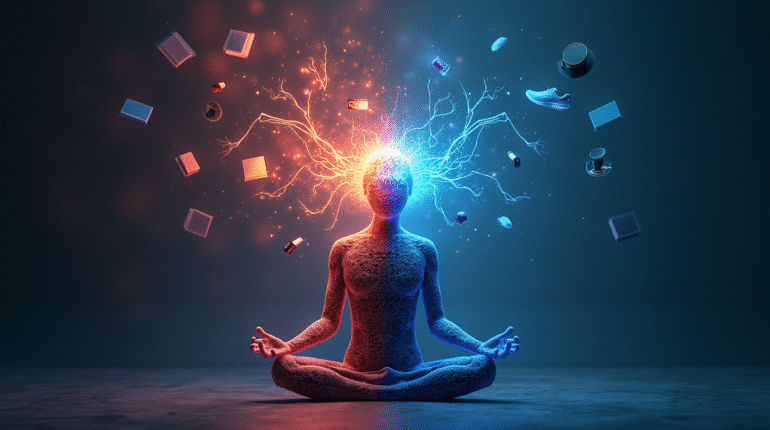
Recovery from digital exhaustion requires intentional effort. Studies suggest that even a week-long social media break can improve well-being, focus, and mood. Mindfulness practices such as meditation and deep breathing can help rewire the brain’s focus networks and strengthen emotional resilience.
People must learn to ask:
“Am I being informed—or just overwhelmed?”
